Rome itself is a magnificent city with so many things to see, but if you visit the city many times, you maybe have to think about a day trip from Rome or even a weekend getaway from Rome. If so, I got you covered! Here are my suggestions on what to include in your getaway from Rome.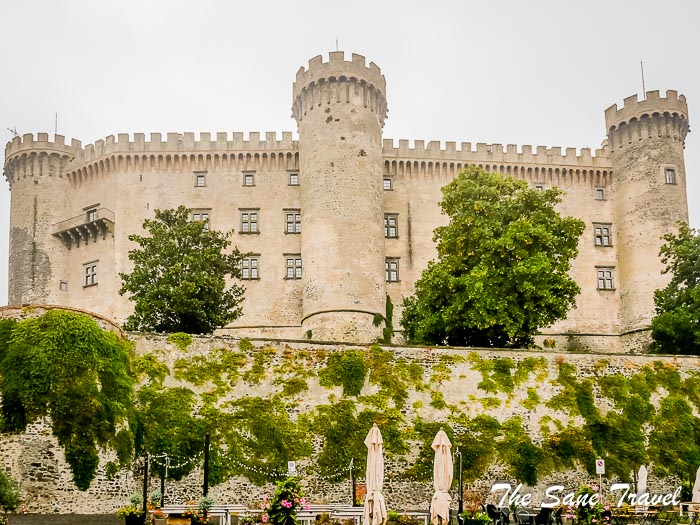
Bracciano
Bracciano lies about 40 kilometres north of Rome. The town itself is quite small but is home to an impressive medieval castle that looms over the town centre. The majestic Odescalchi Castle is one of the most beautiful and imposing Renaissance mansions in Europe. 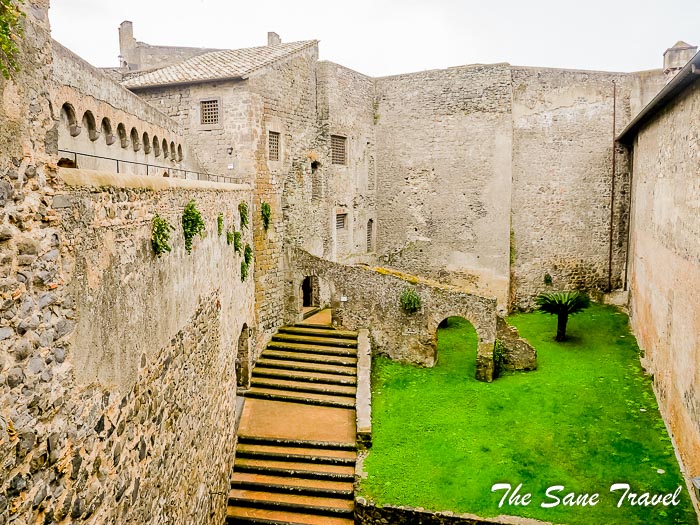 The fortress was opened to the public in 1952 thanks to Livio IV Odescalchi, and has since been the scene of several movie sets, television broadcasts, as well as the location of famous weddings such as the Italian singer Eros Ramazzotti with Michelle Hunziker and Tom Cruise with Katie Holmes. The castle, completed in 1485, was initially created as a defensive fortress, and over the years, it has become a popular Renaissance court. Today, the museum includes the castle’s lavishly-decorated rooms and well-designed grounds. The museum has valuable artworks from the Middle Ages of over six centuries of rule of Popes and Kings.
The fortress was opened to the public in 1952 thanks to Livio IV Odescalchi, and has since been the scene of several movie sets, television broadcasts, as well as the location of famous weddings such as the Italian singer Eros Ramazzotti with Michelle Hunziker and Tom Cruise with Katie Holmes. The castle, completed in 1485, was initially created as a defensive fortress, and over the years, it has become a popular Renaissance court. Today, the museum includes the castle’s lavishly-decorated rooms and well-designed grounds. The museum has valuable artworks from the Middle Ages of over six centuries of rule of Popes and Kings. 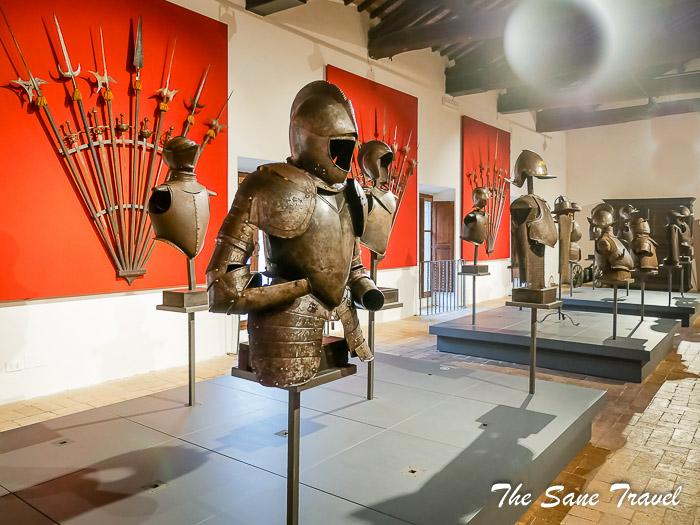
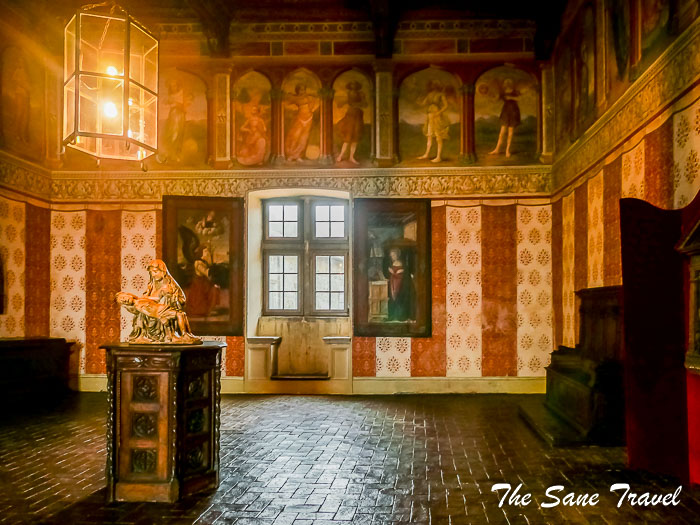

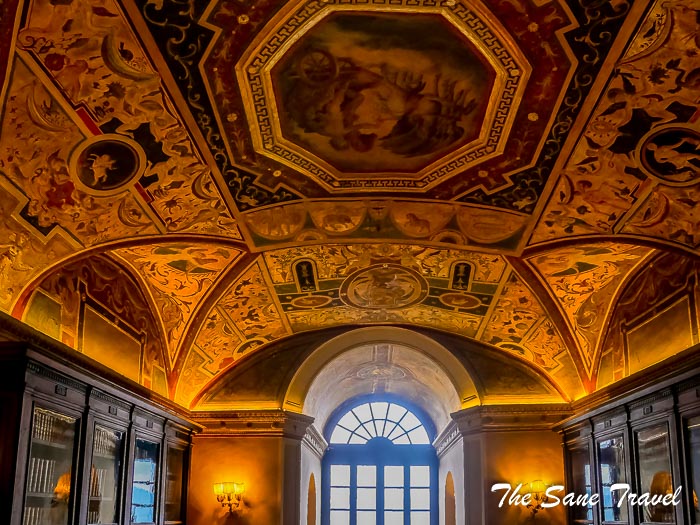 The artworks include ancient weapons, furniture, paintings, books and manuscripts, frescoes, and decorations.
The artworks include ancient weapons, furniture, paintings, books and manuscripts, frescoes, and decorations.
How to get there: You can get to Bracciano by taking a slightly over an hour-long regional train ride from Rome.
Anguillara Sabazia
Anguillara Sabazia, which extends on the southeastern shore of Lake Bracciano, less than 40 kilometres northwest of Rome and a bit more than 10 kilometres from Bracciano town, dates back to the Middle Ages. It’s the most populated of the three towns facing Lake Bracciano. 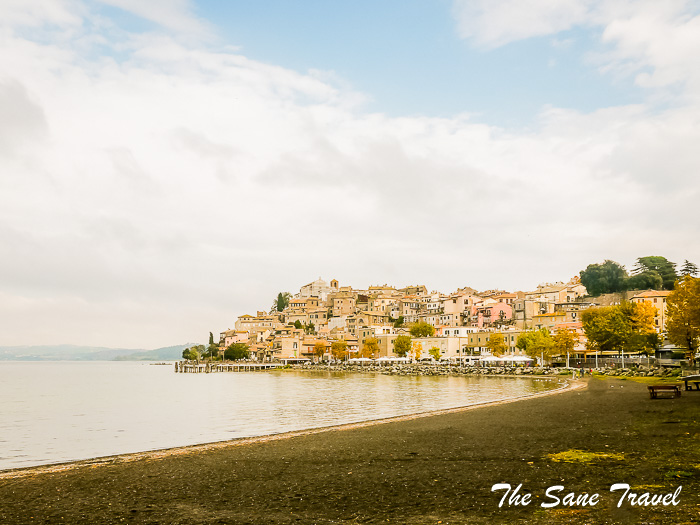 Completely rebuilt in the 16th century, Anguillara Sabazia still preserves its medieval structure.
Completely rebuilt in the 16th century, Anguillara Sabazia still preserves its medieval structure.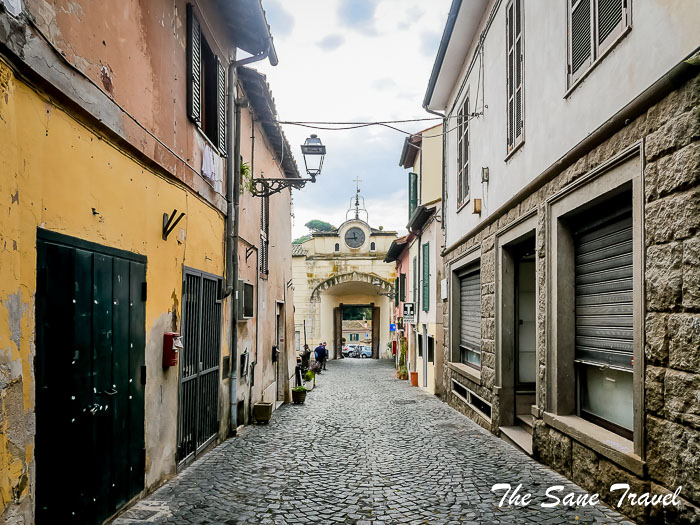
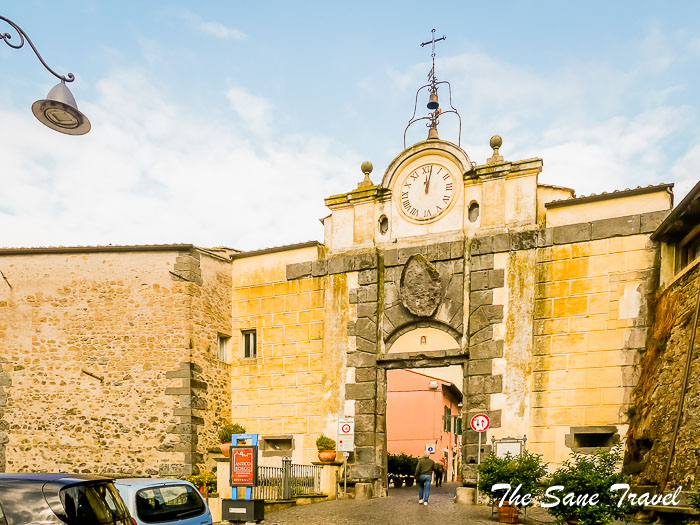 The town is divided into two parts: the ancient area on the promontory and the new area. One of Anguillara’s landmarks is Santa Maria Assunta Church, rebuilt in the second part of the 18th century, rising on the highest point of the promontory.
The town is divided into two parts: the ancient area on the promontory and the new area. One of Anguillara’s landmarks is Santa Maria Assunta Church, rebuilt in the second part of the 18th century, rising on the highest point of the promontory. 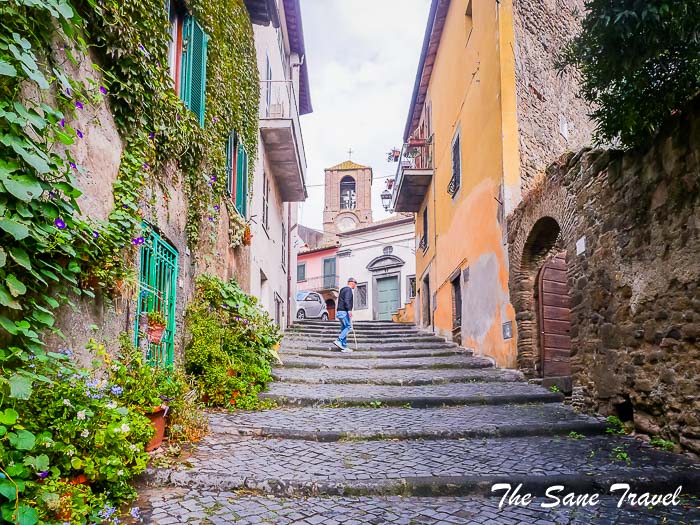 Anguillara has a very beautiful lakefront, suitable for walking, biking and jogging.
Anguillara has a very beautiful lakefront, suitable for walking, biking and jogging.
How to get there: You can get to Anguillara Sabazia by taking an hour-long regional train ride from Rome to Anguillara station.
Calcata Vechia
Calcata has a long history dating back to about 3,000 years. In the 1930s, Calcata Vecchia (Old Calcata) was abandoned because the government feared the rock would crumble beneath the village. 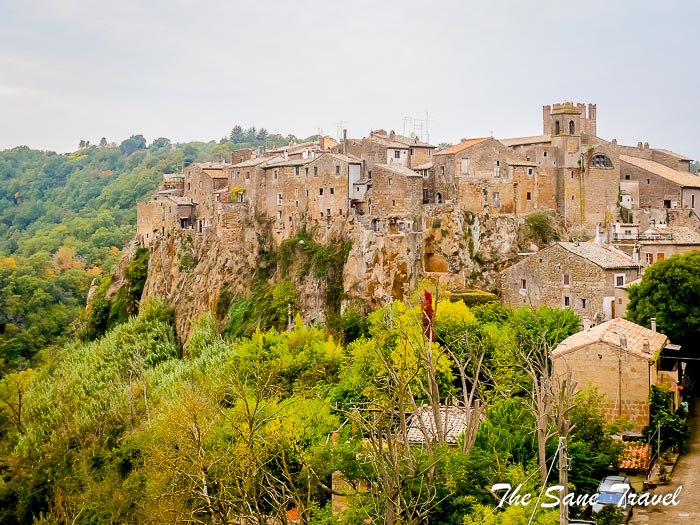 A new village (Calcata Nuova) was built nearby and all the locals moved there. After some time, Calcata Vecchia village was slowly repopulated by artists and hippies who restored the village and opened art galleries, studios, restaurants, and cafes, and breathed life back into the village. From the moment you enter the stone gateway at the base of the village, you’ll feel like you’ve stepped back in time.
A new village (Calcata Nuova) was built nearby and all the locals moved there. After some time, Calcata Vecchia village was slowly repopulated by artists and hippies who restored the village and opened art galleries, studios, restaurants, and cafes, and breathed life back into the village. From the moment you enter the stone gateway at the base of the village, you’ll feel like you’ve stepped back in time.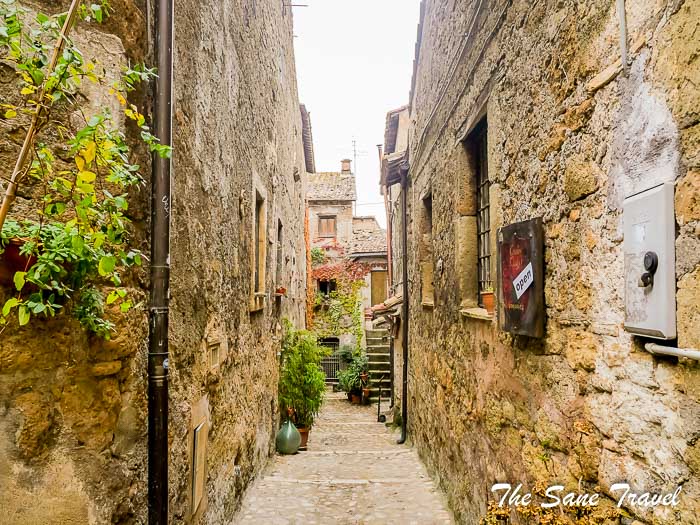
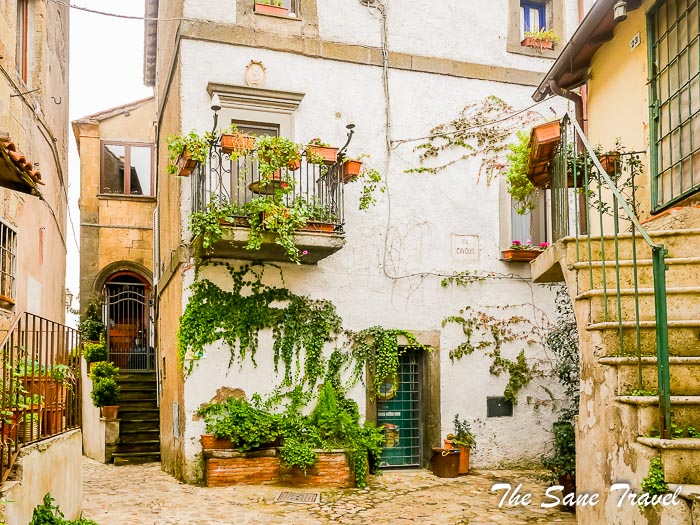
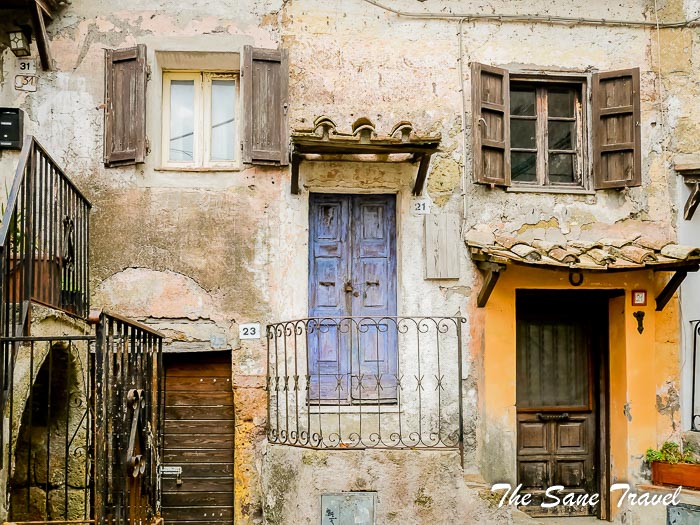 How to get there: Calcata Vecchia is located about 55 kilometres from Rome. There is no direct route by public transport, so the easiest way to get there is by car. There is no parking in Calcata Vecchia, so visitors are required to park their cars in Calcata Nuova.
How to get there: Calcata Vecchia is located about 55 kilometres from Rome. There is no direct route by public transport, so the easiest way to get there is by car. There is no parking in Calcata Vecchia, so visitors are required to park their cars in Calcata Nuova.
Villa Farnese at Caprarola
Above Lago di Vico perches Caprarola, built on land where goats once were wandering around, hence its name.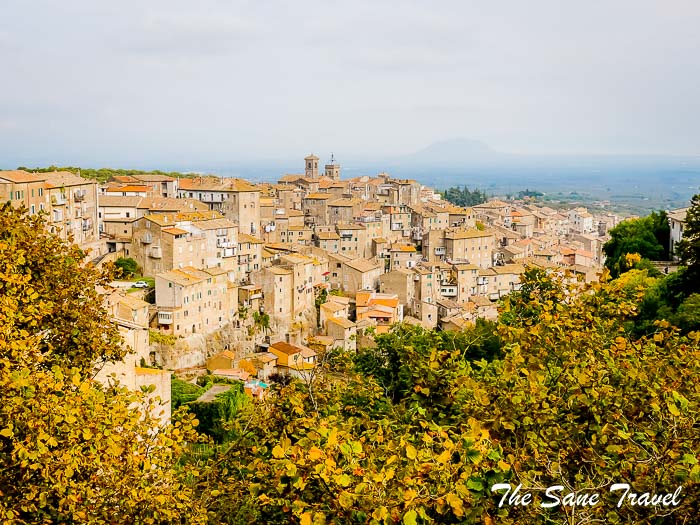 The main attraction of Caprarola is Villa Farnese, an outstanding example of Mannerist architecture and decoration. Cardinal Alessandro Farnese started building Palazzo Farnese in 1556 on the foundations of an earlier pentagonal fortress planned by his grandfather Pope Paul III. There are over 14 main rooms with walls and ceilings decorated with frescoes. The rooms have impressive wall paintings with themes from history, mythology, the seasons and the Bible in celebration of the Farnese family.
The main attraction of Caprarola is Villa Farnese, an outstanding example of Mannerist architecture and decoration. Cardinal Alessandro Farnese started building Palazzo Farnese in 1556 on the foundations of an earlier pentagonal fortress planned by his grandfather Pope Paul III. There are over 14 main rooms with walls and ceilings decorated with frescoes. The rooms have impressive wall paintings with themes from history, mythology, the seasons and the Bible in celebration of the Farnese family. 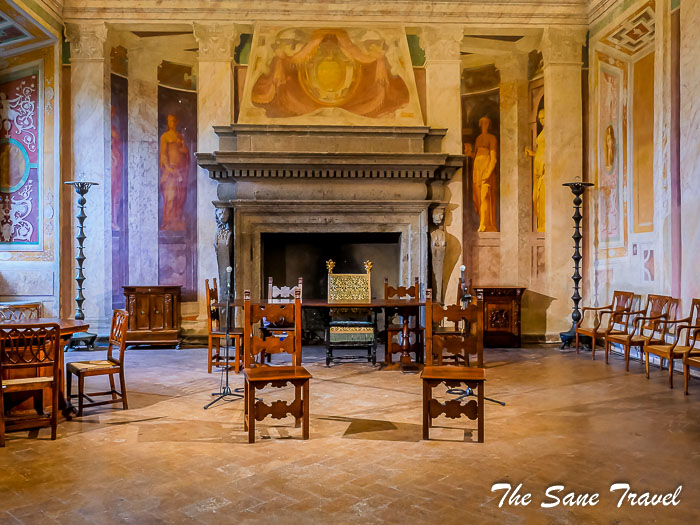 The royal staircase with its wide handrail goes upwards to the rooms.
The royal staircase with its wide handrail goes upwards to the rooms.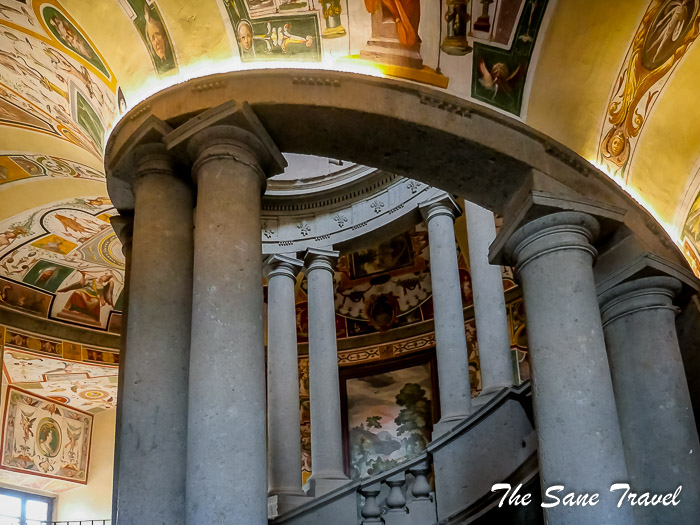
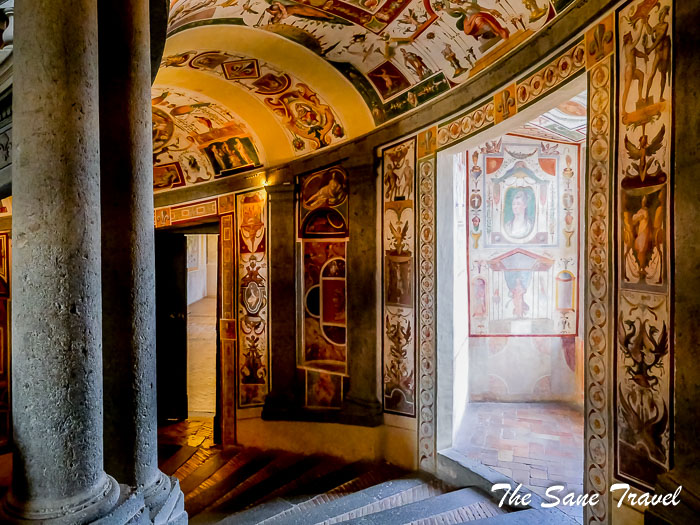
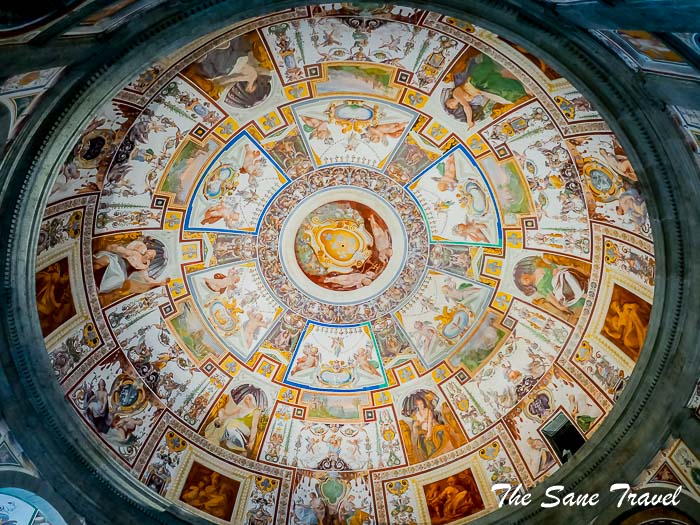 The public audience rooms lead to Cardinal Farnese's private quarters—bedchamber and dressing room—all with appropriate frescoed themes.
The public audience rooms lead to Cardinal Farnese's private quarters—bedchamber and dressing room—all with appropriate frescoed themes. 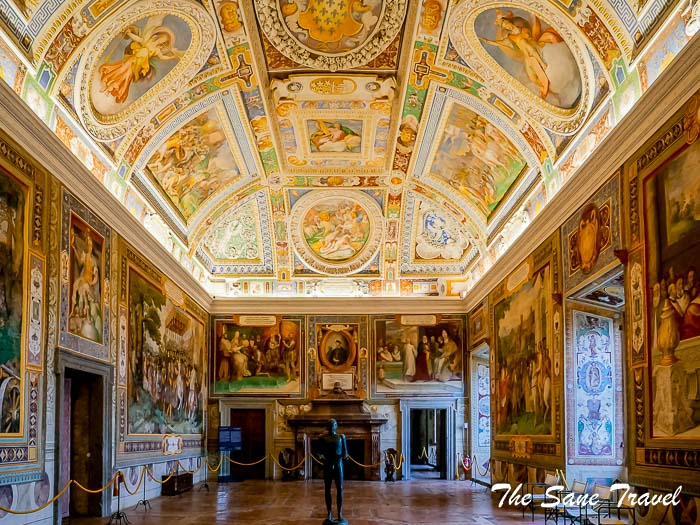
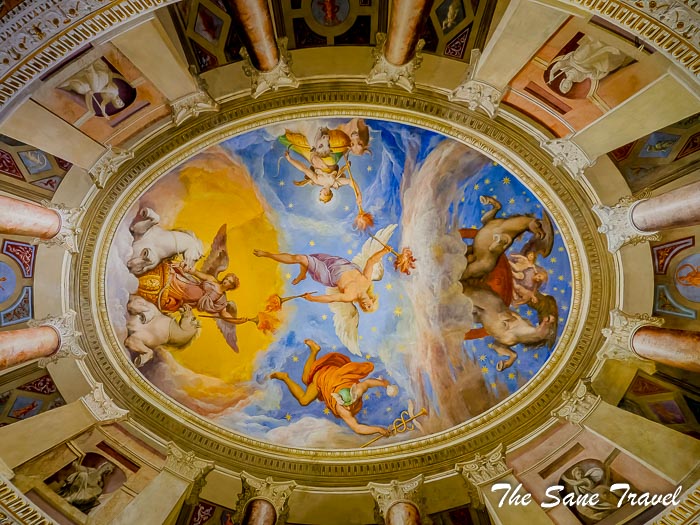
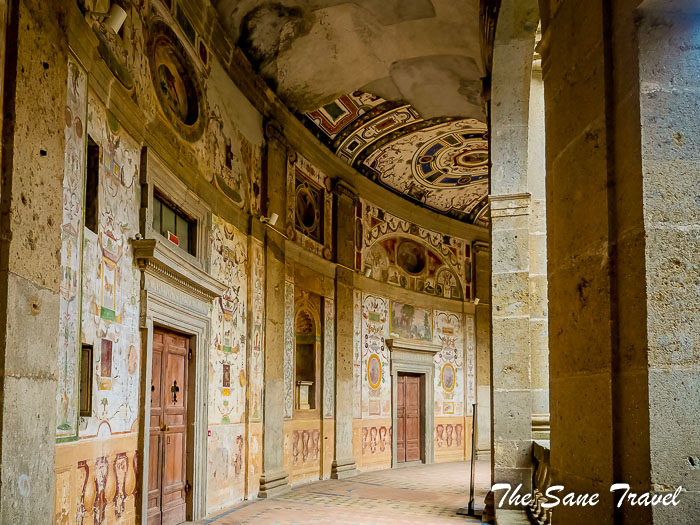 On the floor above, a large airy room contains frescoes of maps of the world, Italy, and the Holy Land dating to 1579.
On the floor above, a large airy room contains frescoes of maps of the world, Italy, and the Holy Land dating to 1579. 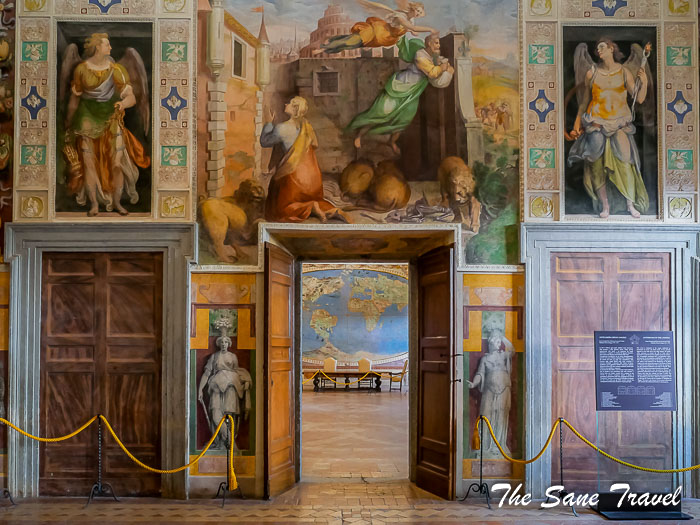 Other rooms, such as the cardinal's winter bedroom, feature Biblical dreams and angels delivering messages from God. You can cross the deep moat and enter the lower gardens from the second floor.
Other rooms, such as the cardinal's winter bedroom, feature Biblical dreams and angels delivering messages from God. You can cross the deep moat and enter the lower gardens from the second floor. 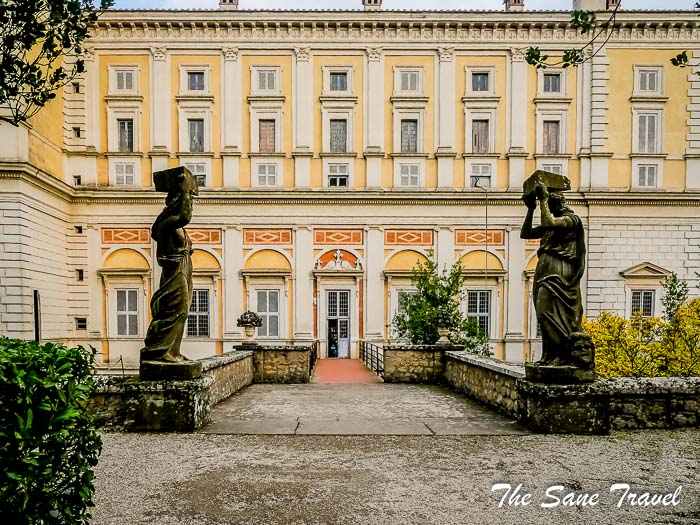 A beautiful grotto with a pond is carved out of the rocks at one end of the garden.
A beautiful grotto with a pond is carved out of the rocks at one end of the garden.
NB! Villa Farnese is not to be confused with: The Villa Farnesina in Rome and the Palazzo Farnese, in Rome home to the French embassy.
How to get there: Caprarola is located about 65 kilometres from Rome and can be easily reached by car or bus.
Viterbo
Viterbo is a lovely medieval town 90 kilometres north of Rome. Thanks to its peaceful provincial atmosphere, beautiful artistic attractions, and famous thermal baths, the city has always been one of the favourite destinations for Romans, who are looking for a relaxing getaway. Viterbo’s long history dates back to the Etruscan period. After being taken over by the Romans, the city became one of the most important medieval centres of central Italy. In the San Pellegrino medieval neighbourhood of Viterbo, you will see beautiful medieval buildings characterised by typical lancet windows and high terraced balconies.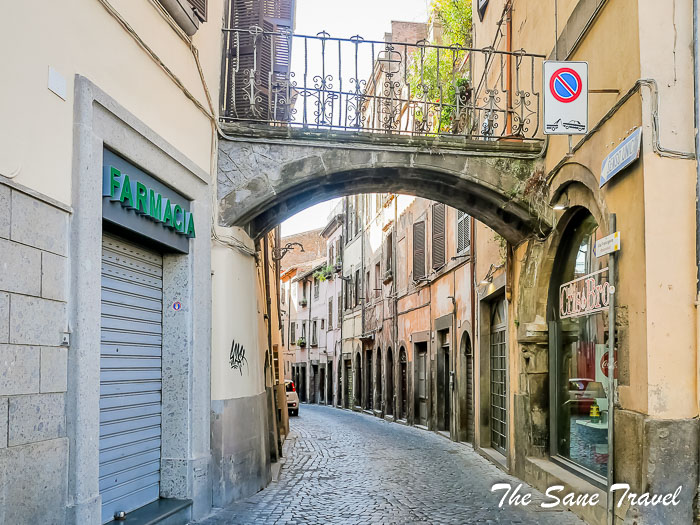
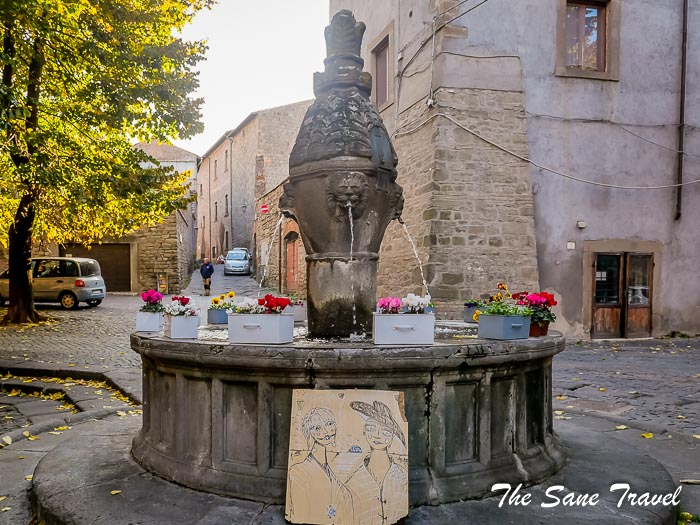 Next stop is the Duomo di San Lorenzo. Constructed in the 12th century, you will find it right next to San Pellegrino.
Next stop is the Duomo di San Lorenzo. Constructed in the 12th century, you will find it right next to San Pellegrino.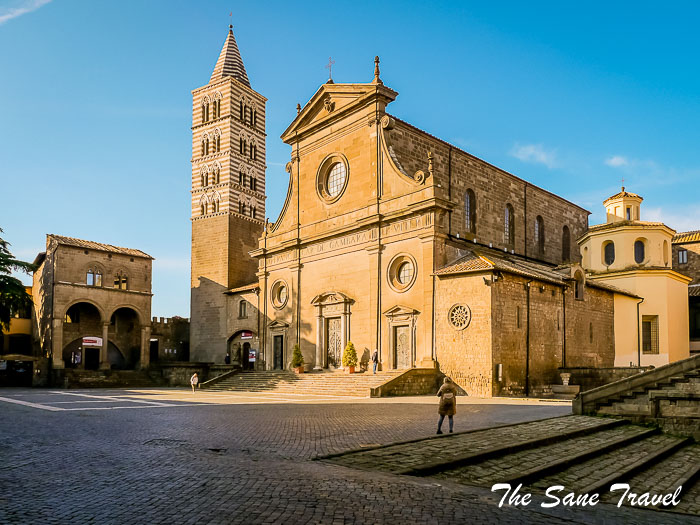
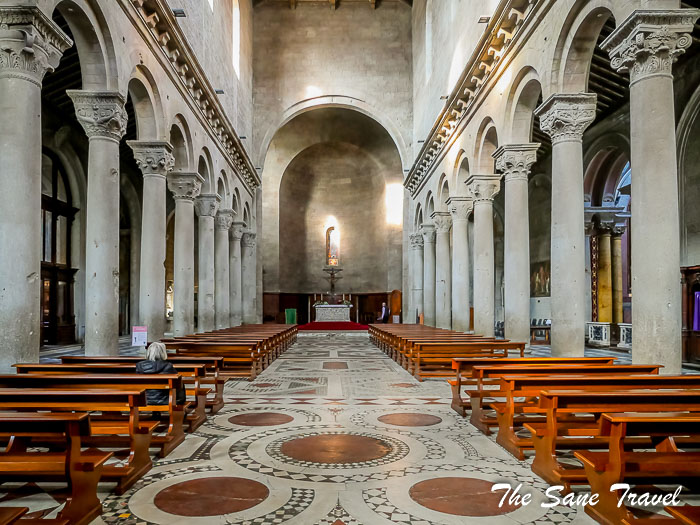
Next door to the cathedral, this museum displays a small collection of archaeological artefacts and religious art.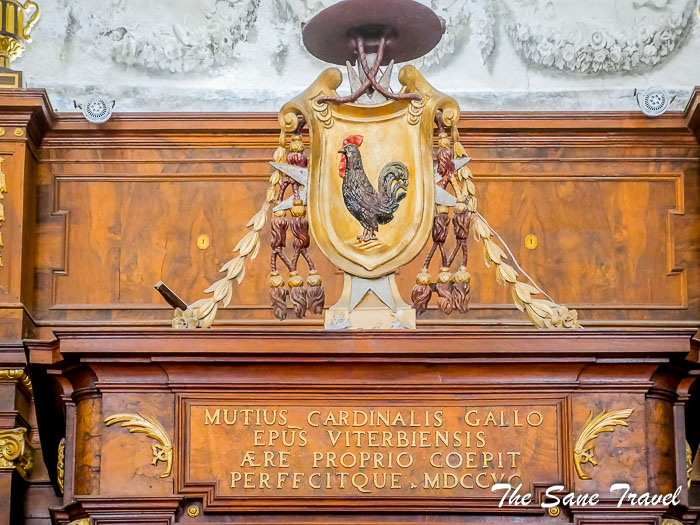
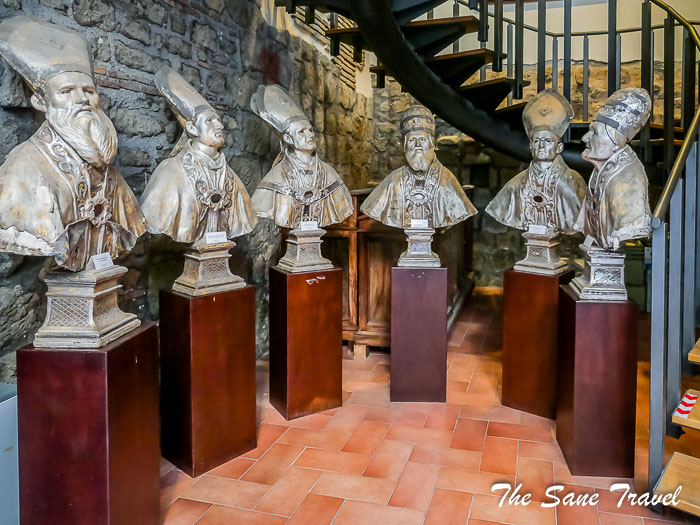
The majestic Palazzo Dei Papi di Viterbo next to the cathedral dates back to the middle of the 13th century. Pope Alexander IV commissioned it since he wanted a papal residence away from Rome. Upon completion, the Palazzo Dei Papi became the papal headquarters until 1281.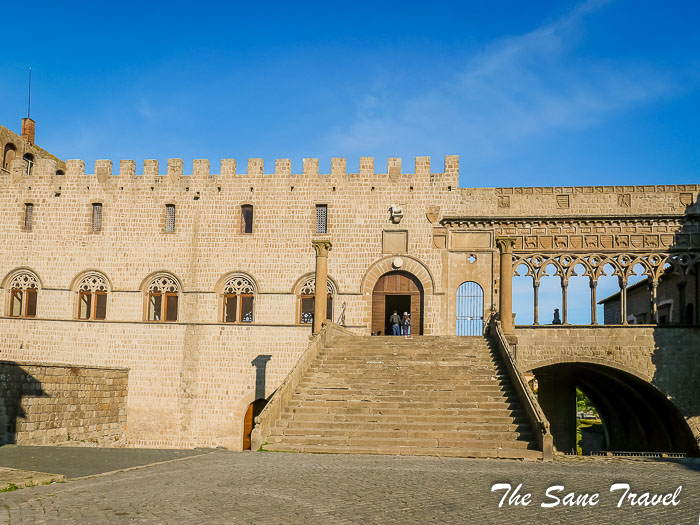
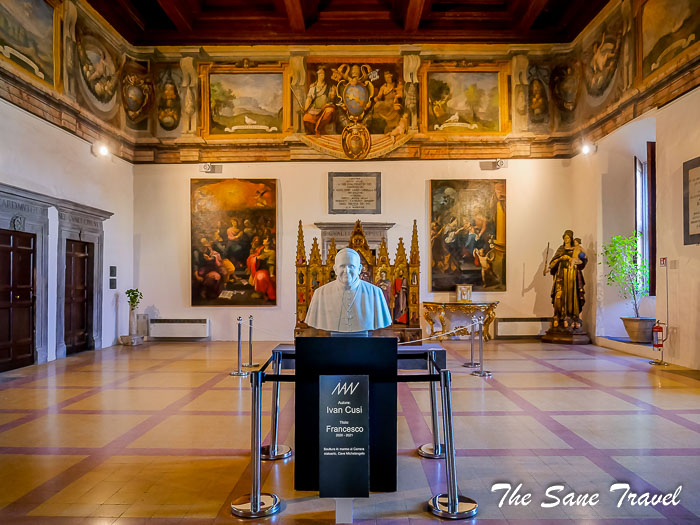 To the right of the façade, you will see a grandiose roofless loggia adorned with seven arches.
To the right of the façade, you will see a grandiose roofless loggia adorned with seven arches. 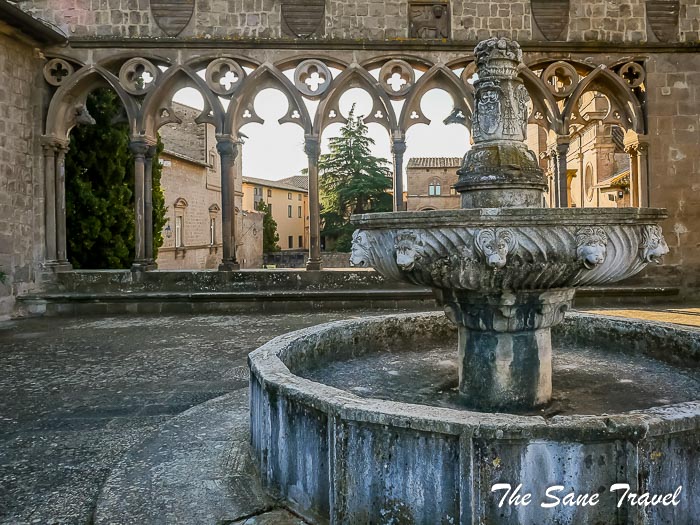 Note the intricate carvings, which represent papal insignia and the coat of arms of Viterbo, among other things. Take a moment to appreciate the views of Viterbo’s city walls from the courtyard.
Note the intricate carvings, which represent papal insignia and the coat of arms of Viterbo, among other things. Take a moment to appreciate the views of Viterbo’s city walls from the courtyard.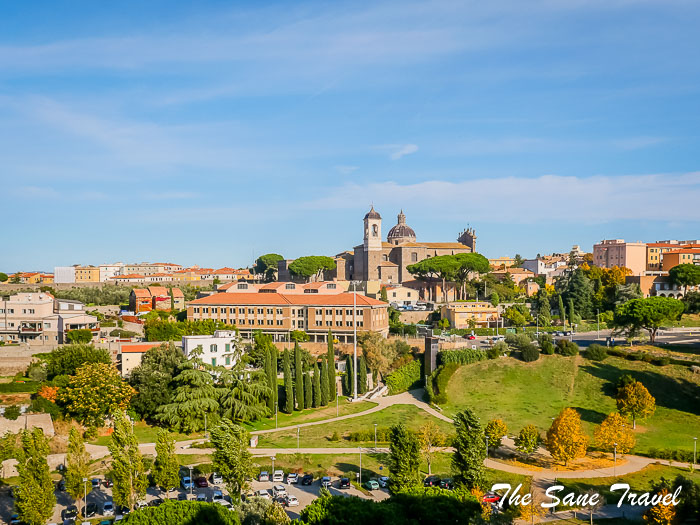 The city of Viterbo itself is worth a visit, but the nearby Terme di Papi Spa is the real reason to go. A seven-mile wide fracture in the earth's crust allows hyper-thermal waters (up to 55 degrees Celsius or 130 degrees F), rich in sulfurous salts and calcium bicarbonate and magnesium, to bubble up and soothe you. As Terme di Papi Spa is a part of the hotel, I recommend staying at this hotel if you plan to visit Terme.
The city of Viterbo itself is worth a visit, but the nearby Terme di Papi Spa is the real reason to go. A seven-mile wide fracture in the earth's crust allows hyper-thermal waters (up to 55 degrees Celsius or 130 degrees F), rich in sulfurous salts and calcium bicarbonate and magnesium, to bubble up and soothe you. As Terme di Papi Spa is a part of the hotel, I recommend staying at this hotel if you plan to visit Terme.
How to get there: If you’re coming from Rome, Viterbo is easily reachable by train. You can find regional trains departing from Station Ostiense, Trastevere, S. Pietro and sometimes Termini. If you’re coming by car, be sure to take the Cassia Cimina, a road that will take you directly to Viterbo, passing through the scenic Monti Cimini.
Villa Lante at Bagnaia
Bagnaia is a small but beautiful tourist destination in Italy that is worth visiting, especially if you want to see Villa Lante Garden. 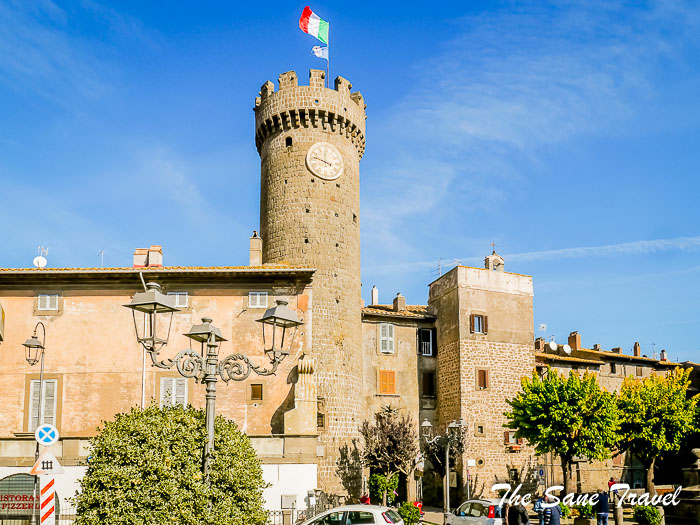 The garden was designed in the second part of the 16th century for Cardinal Gambara, who had a modern taste for outdoor living.
The garden was designed in the second part of the 16th century for Cardinal Gambara, who had a modern taste for outdoor living.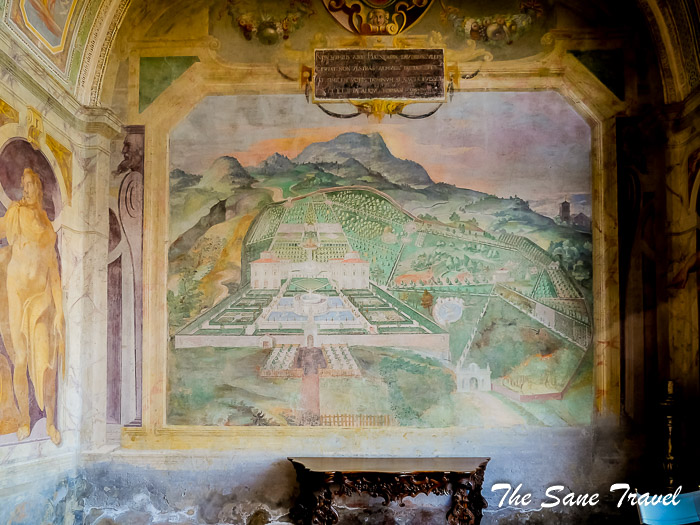 The buildings are treated as garden ornaments. Every aspect of the garden is perfectly proportioned and richly detailed, a square terrace subdivided into smaller squares, a water parterre, and a stunning fountain in a central position.
The buildings are treated as garden ornaments. Every aspect of the garden is perfectly proportioned and richly detailed, a square terrace subdivided into smaller squares, a water parterre, and a stunning fountain in a central position. 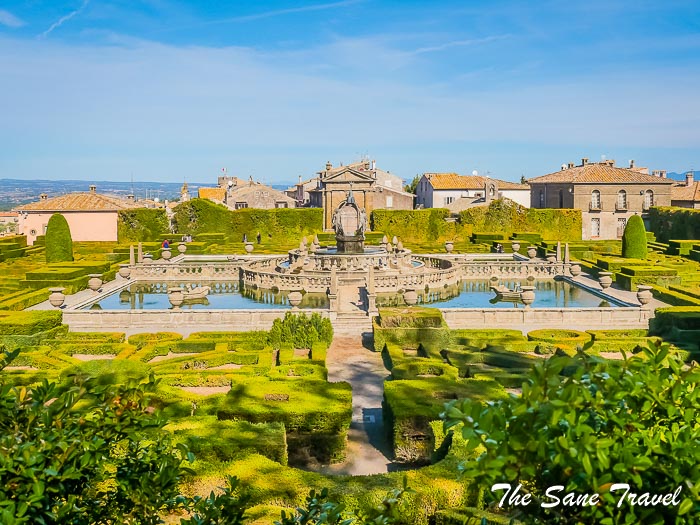
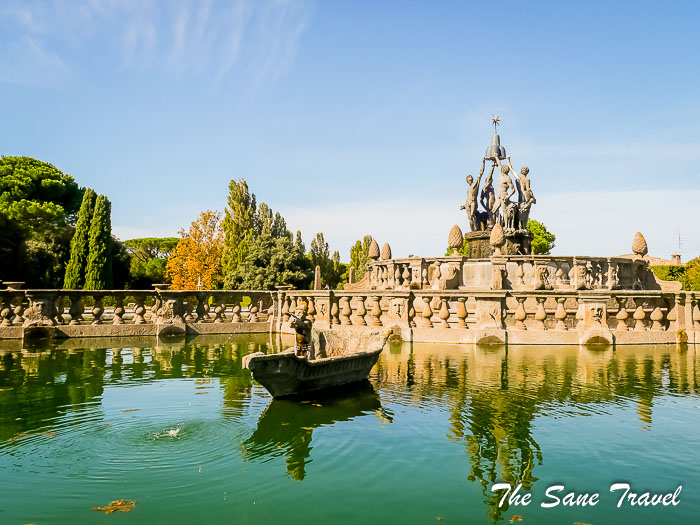
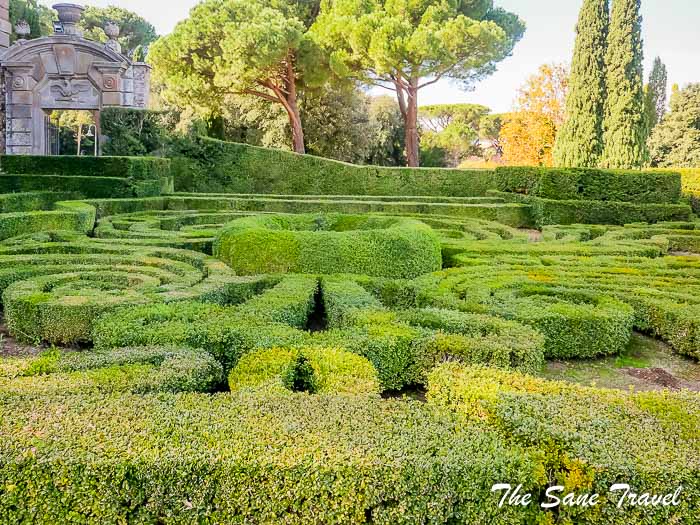 Grotto of the Deluge sits at the summit of the hill, creating beautiful scenery with the water flowing from its core. The Water Chain is the best and earliest example of a stepping cascade.
Grotto of the Deluge sits at the summit of the hill, creating beautiful scenery with the water flowing from its core. The Water Chain is the best and earliest example of a stepping cascade. 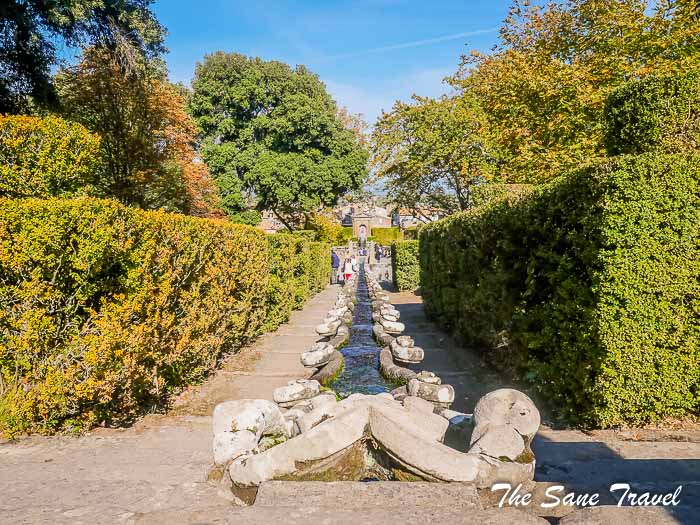
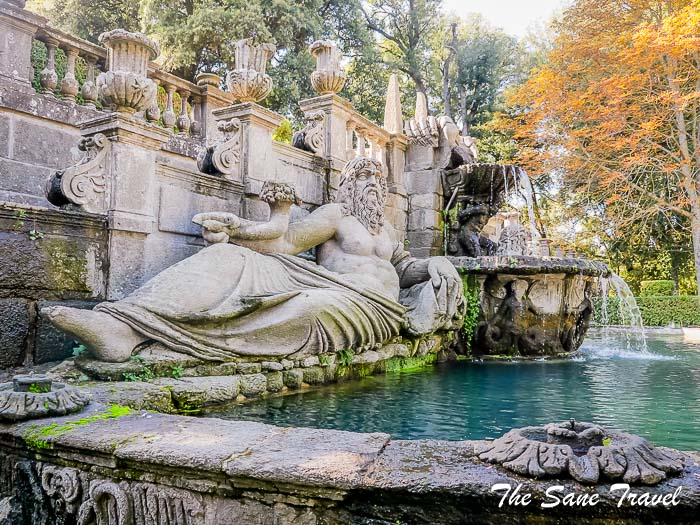 The Villa also has a park that looks like a hunting park but is too small for hunting.
The Villa also has a park that looks like a hunting park but is too small for hunting.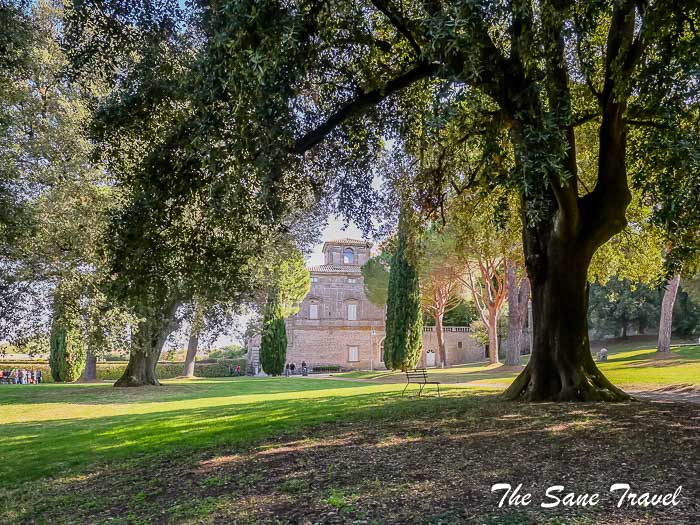
How to get there: Bagnaia is less than 90 kilometres from Rome and about 5 kilometres from Viterbo. You can go to Viterbo by train first and then take a public bus to Bagnaia or go by car.
NB! Not to be confused with Villa Lante al Gianicolo.
Civita di Bagniregio
Civita di Bagnoregio, founded by Etruscans 2,500 years ago, is one of Central Italy’s most popular tourist attractions as thousands of visitors flock to see what’s left of the town. It’s also been officially declared as one of Italy’s most beautiful towns. 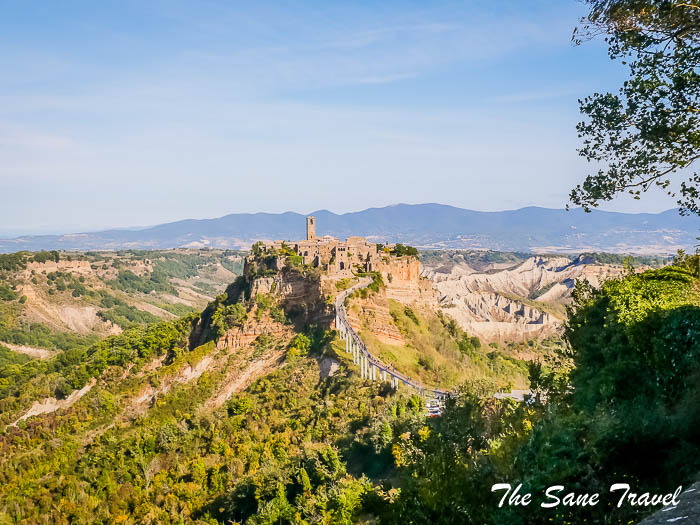 The town flourished through the Middle Ages and the Renaissance until the 10th of June 1695 when an earthquake hit Civita, separating it from the surrounding areas. The town has never been the same after that, and in the following centuries, more and more pieces of the cliff eroded, taking town buildings with them.
The town flourished through the Middle Ages and the Renaissance until the 10th of June 1695 when an earthquake hit Civita, separating it from the surrounding areas. The town has never been the same after that, and in the following centuries, more and more pieces of the cliff eroded, taking town buildings with them.
Today, it’s a magical, surreal place located on top of a tuff hill that can only be reached by crossing a 300 metres narrow pedestrian bridge linking it with Bagnoregio.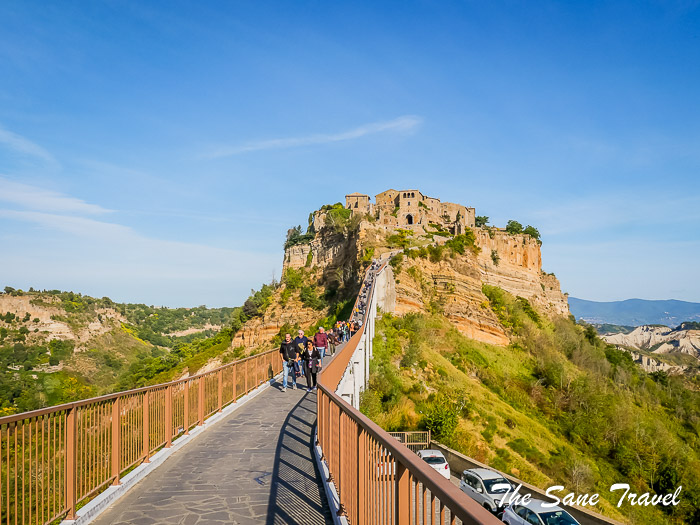 From there, you can enjoy one of the most stunning panoramic views of the whole Lazio region. Once you cross the bridge, the first important monument you will find is Porta San Maria, surmounted by a pair of lions grabbing two human heads, a symbol of the despots defeated by the inhabitants of Bagnoreggio.
From there, you can enjoy one of the most stunning panoramic views of the whole Lazio region. Once you cross the bridge, the first important monument you will find is Porta San Maria, surmounted by a pair of lions grabbing two human heads, a symbol of the despots defeated by the inhabitants of Bagnoreggio. 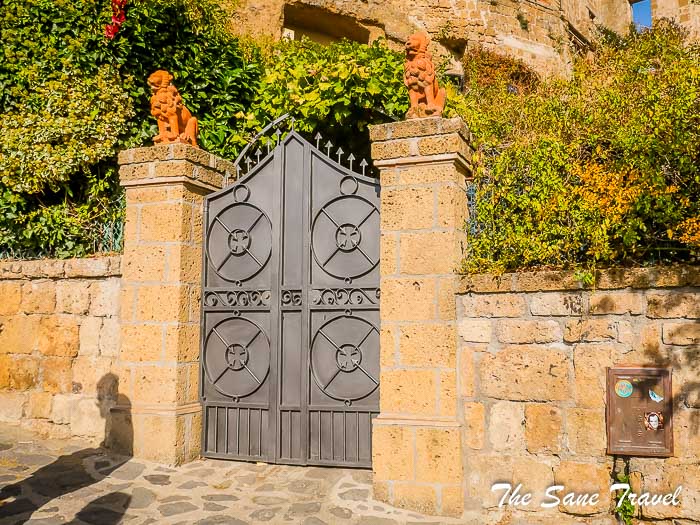 Walking down the street of San Maria, you’ll arrive at the main square, where you can admire the Romanesque church of San Donato restored in the sixteenth century and have a peaceful walk around the town.
Walking down the street of San Maria, you’ll arrive at the main square, where you can admire the Romanesque church of San Donato restored in the sixteenth century and have a peaceful walk around the town.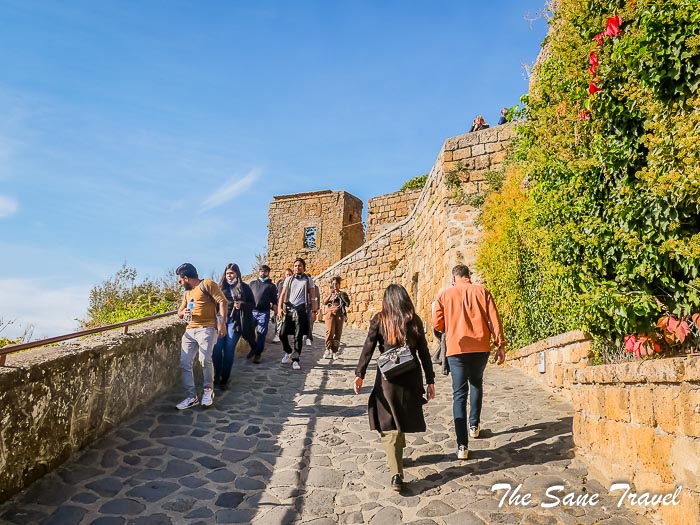
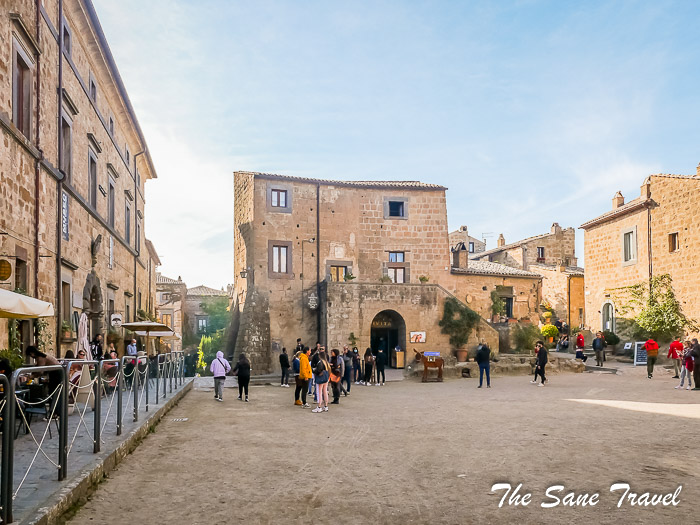
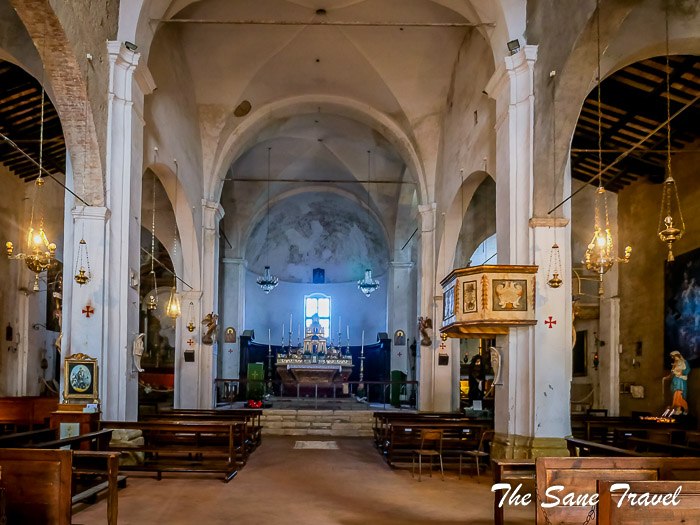
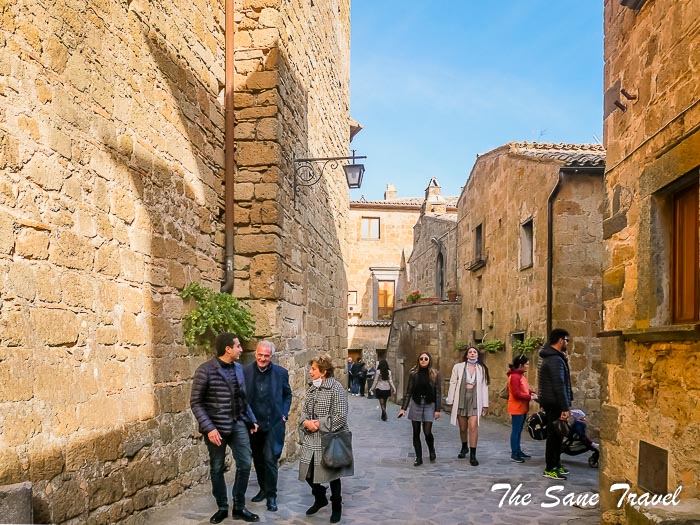
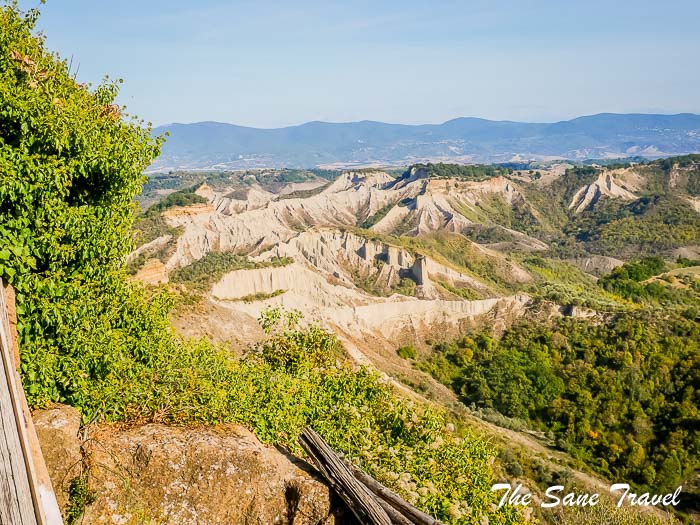 How to get there: Civita di Bagnoregio is about 110 kilometres from Rome and the easiest way to get there is by car.
How to get there: Civita di Bagnoregio is about 110 kilometres from Rome and the easiest way to get there is by car.
Orvieto
Orvieto boasts unique architecture such as one of a kind Duomo and St. Patrick’s Well. The city offers many other attractions, including the Pozzo della Cava, the Torre del Moro, the Palazzo del Capitano del Popolo, and the city’s underground. Find out more about it in my article about Orvieto.
Villa d'Este in Tivoli
Listed as a UNESCO World Heritage Site, Villa d'Este is one of the symbols of the Italian Renaissance.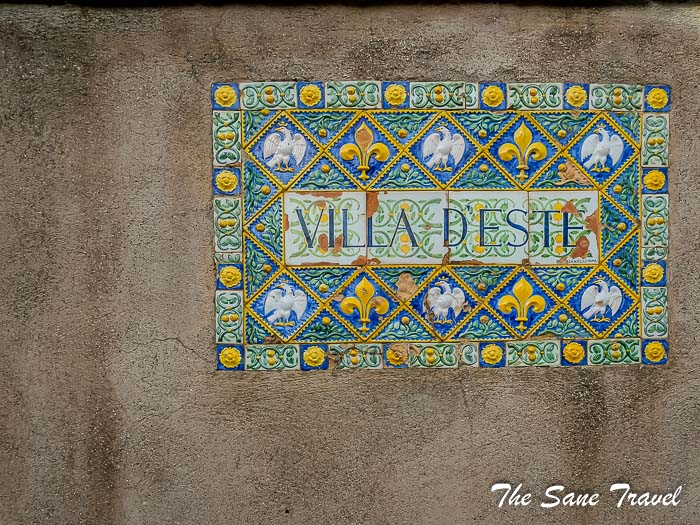 Situated in Tivoli, near Rome, the villa is a gem of architectural and landscape splendour. The extraordinary complex is famous all over the world for its splendid fountains characterised by stunning water displays and for being the most beautiful example of the Italian Renaissance garden in Europe. The whole complex extends across 4 hectares and includes the Palazzo d'Este.
Situated in Tivoli, near Rome, the villa is a gem of architectural and landscape splendour. The extraordinary complex is famous all over the world for its splendid fountains characterised by stunning water displays and for being the most beautiful example of the Italian Renaissance garden in Europe. The whole complex extends across 4 hectares and includes the Palazzo d'Este.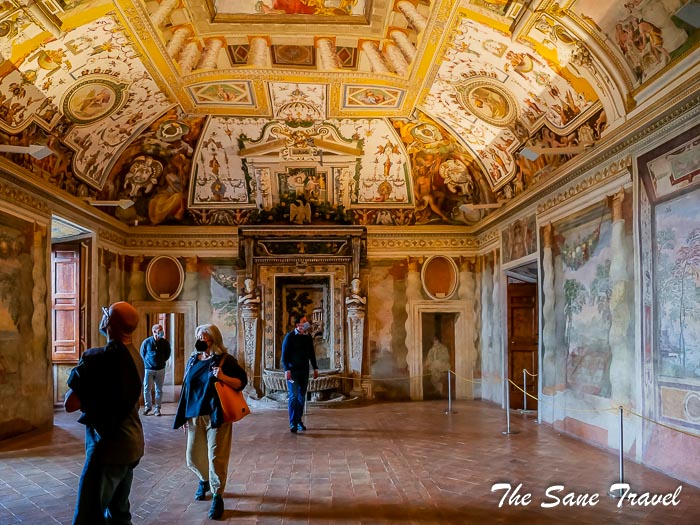
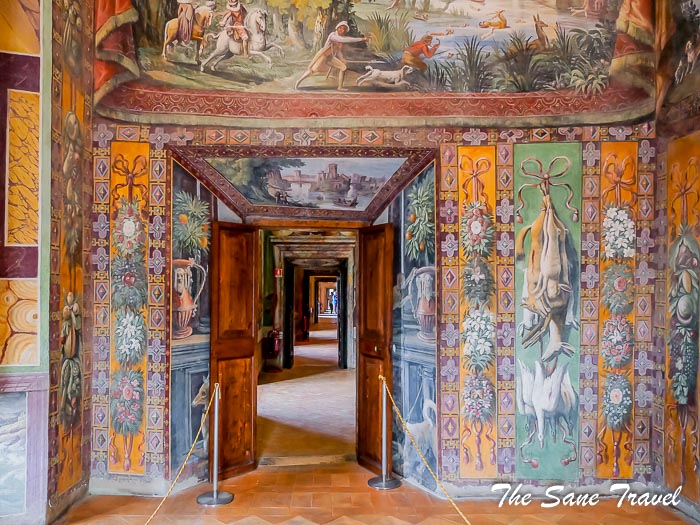 Palace boasts a garden with trees and hedges on the sides of avenues and around a hundred stunning fountains.
Palace boasts a garden with trees and hedges on the sides of avenues and around a hundred stunning fountains.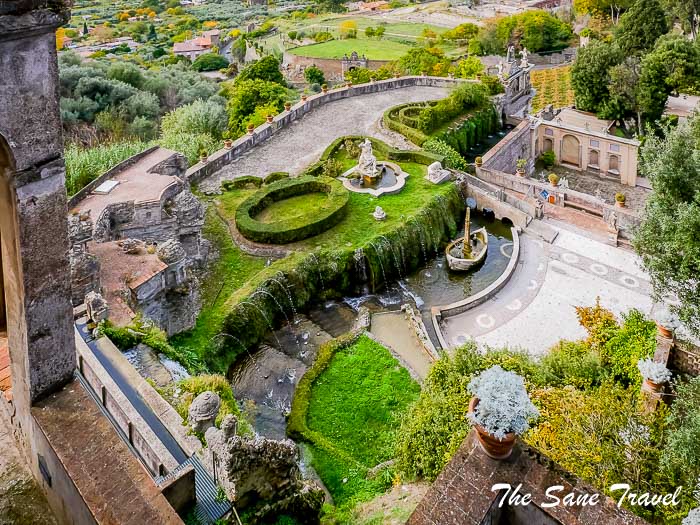 Most of the fountains of Villa d’Este can be considered being as the real piece of art, such as the Rometta, characterised by the sculpture of an enthroned divinity Rome, or the imposing Fontana dell'Ovata, an architectural gem rounding off the equally famous Viale delle Cento Fontane (avenue of the one hundred fountains).
Most of the fountains of Villa d’Este can be considered being as the real piece of art, such as the Rometta, characterised by the sculpture of an enthroned divinity Rome, or the imposing Fontana dell'Ovata, an architectural gem rounding off the equally famous Viale delle Cento Fontane (avenue of the one hundred fountains).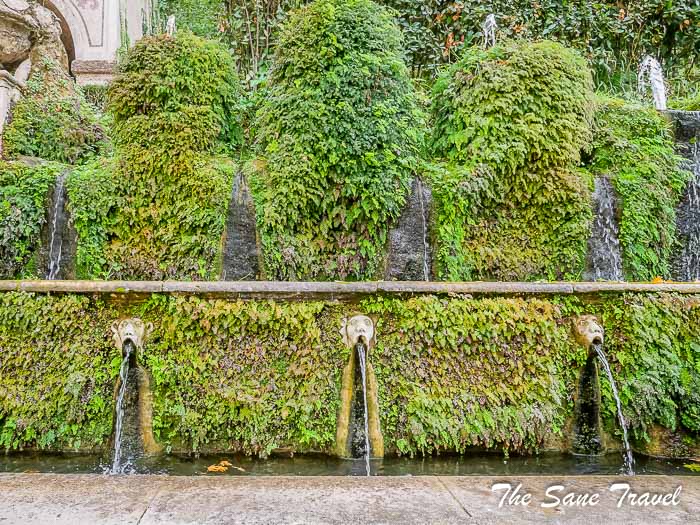 More recent is the Fountain of Neptune, one of the most photographed places.
More recent is the Fountain of Neptune, one of the most photographed places.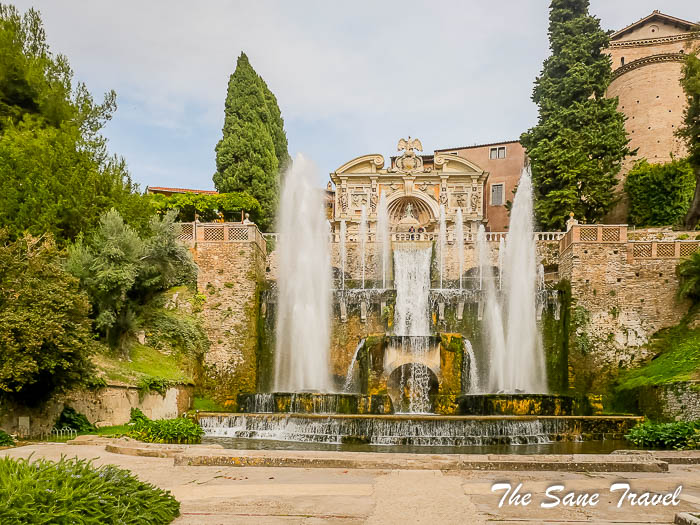
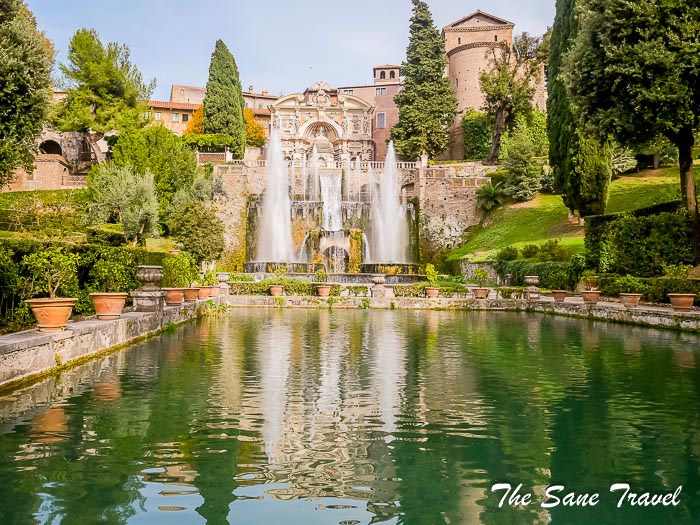
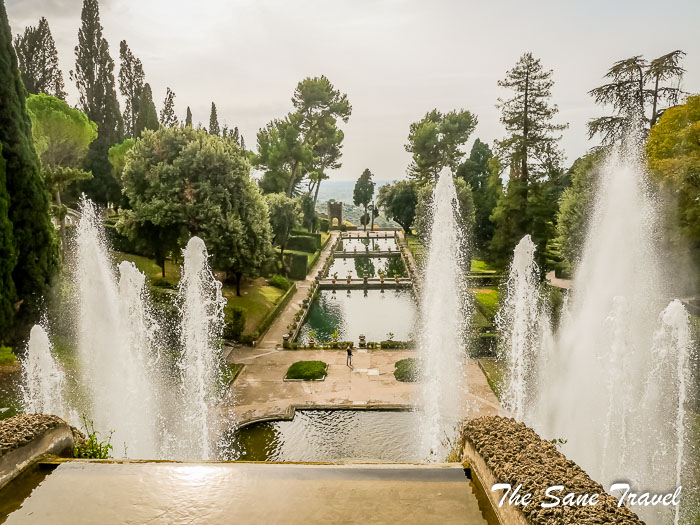 According to UNESCO’s statement, the garden in the Villa d’Este is one of the first wonder-gardens and became a model for the development of gardens all over Europe.
According to UNESCO’s statement, the garden in the Villa d’Este is one of the first wonder-gardens and became a model for the development of gardens all over Europe.
How to get there: Tivoli is located about 40 kilometres from Rome and can be easily reached by train.
NB! Not to be confused with Villa d'Este on Lake Como.
Like it? Pin it!
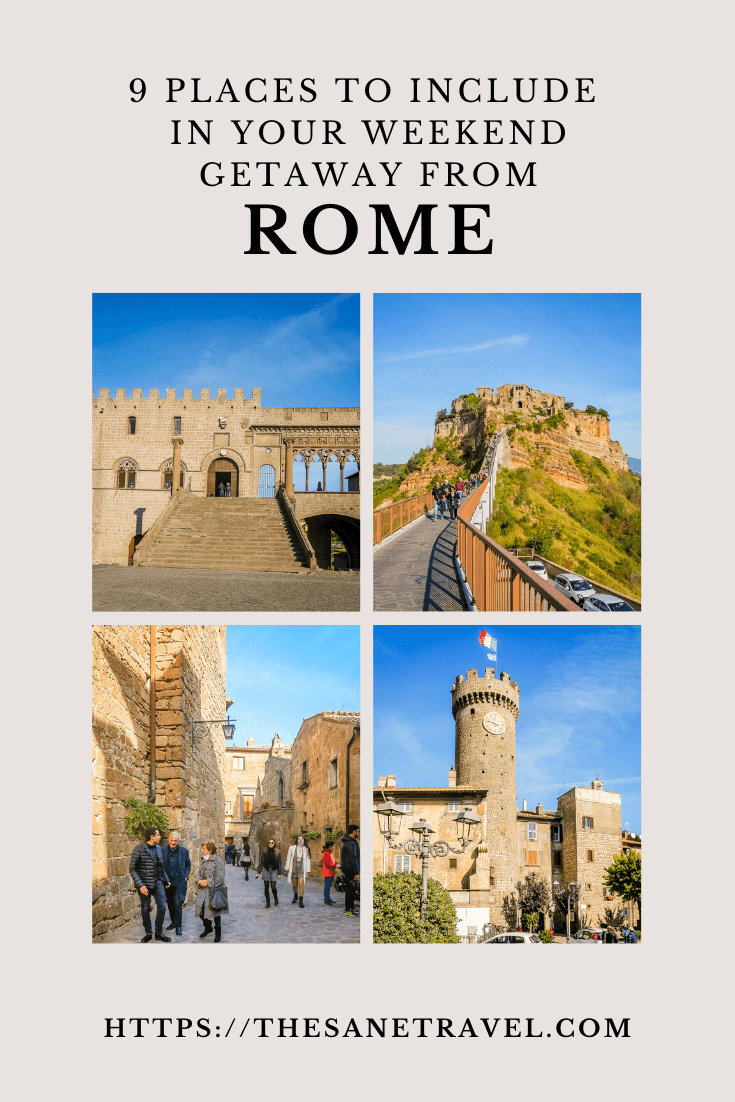
What did you think? Have you had a weekend getaway from Rome? What are your favourite places near Rome? I’d love to hear from you so please add your comment below.
Author: Anita Sāne

About the author
Anita is a part-time traveller, passionate photographer and a retired career woman from Latvia, travelling mostly solo for more than 15 years. She is a skilled travel planner who plans and executes her travels by herself. Anita wants to show you how to travel the world and open your mind to new experiences. Follow her on Facebook, Instagram, Pinterest, Twitter and Bloglovin.

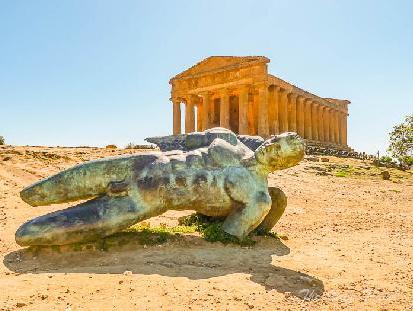
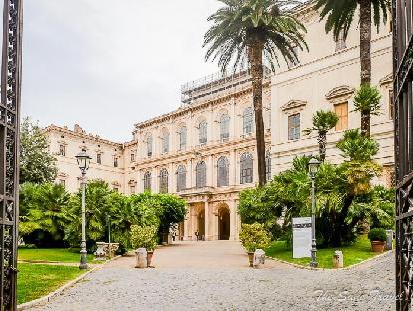
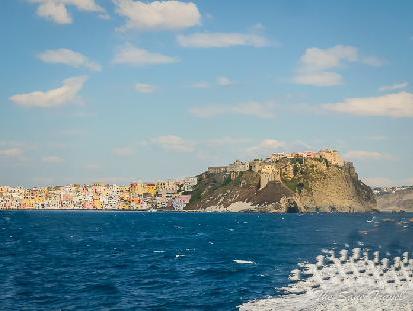
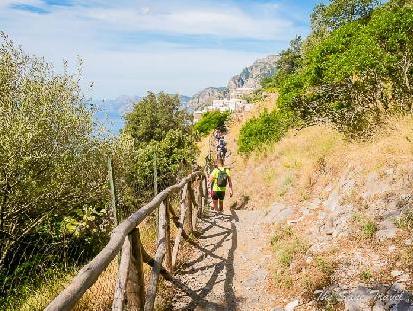
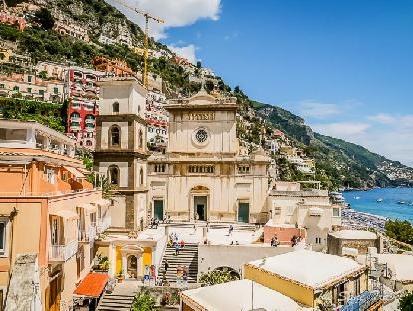
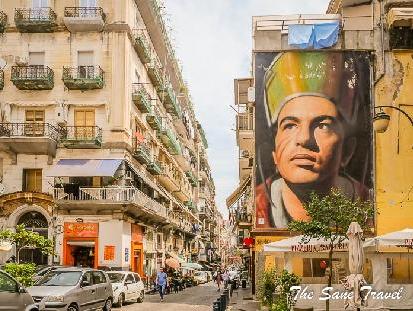
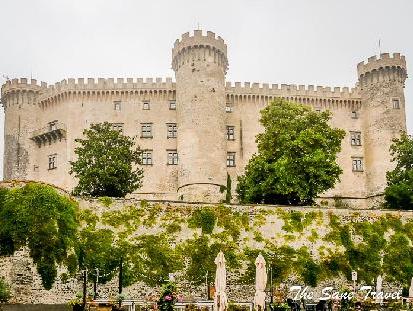
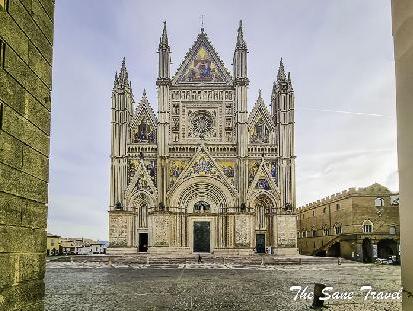
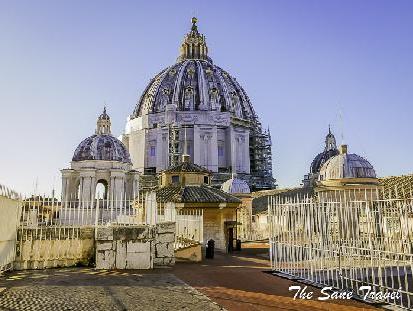
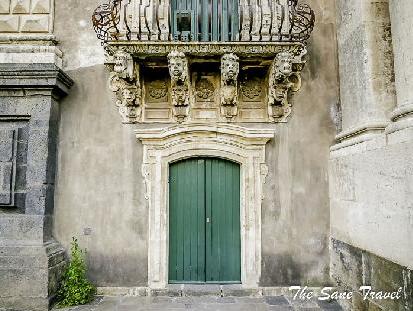
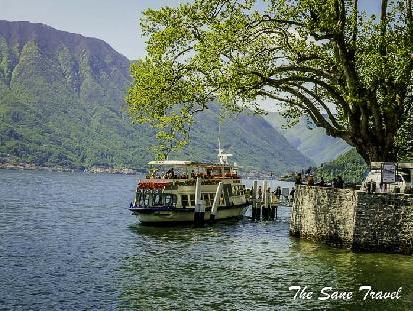
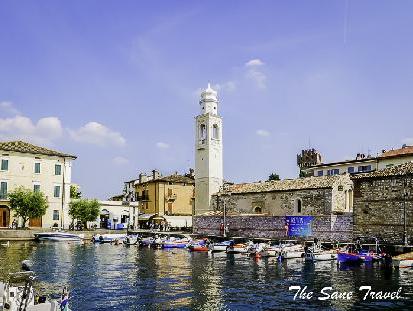
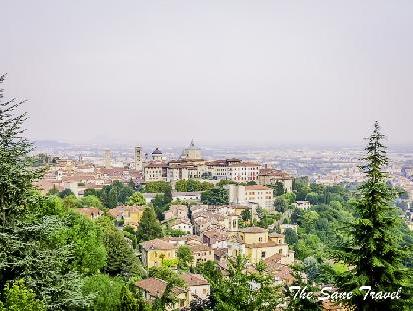
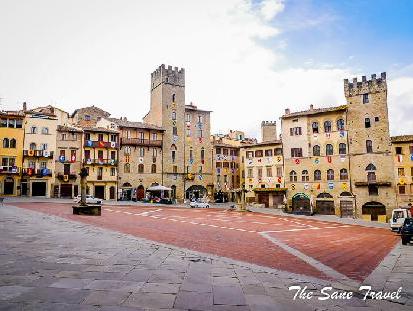
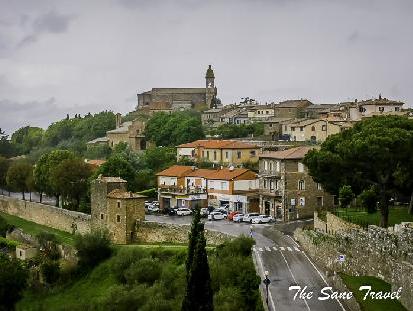
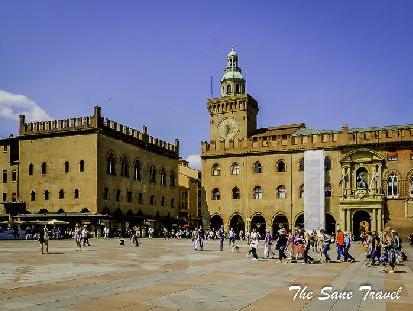
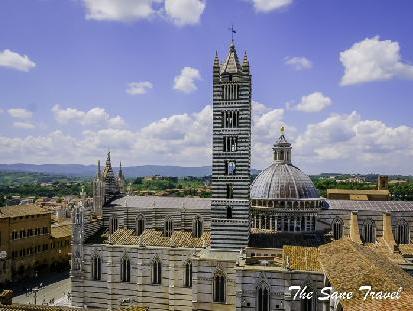
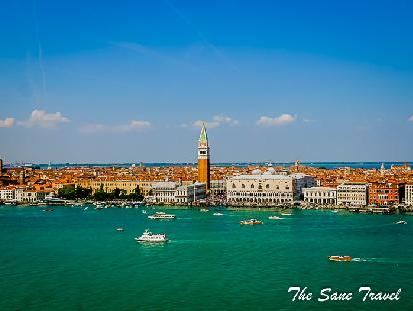
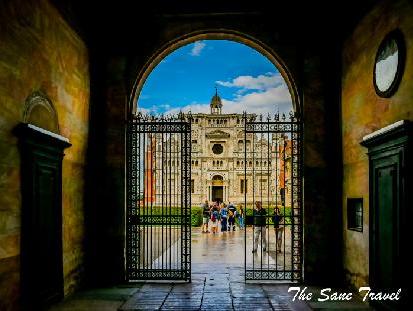
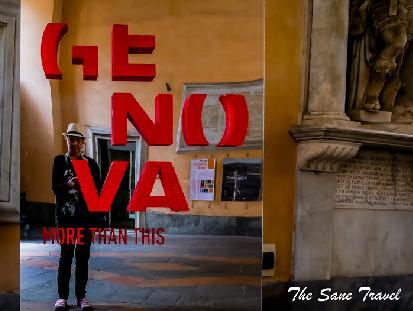
Report
My comments